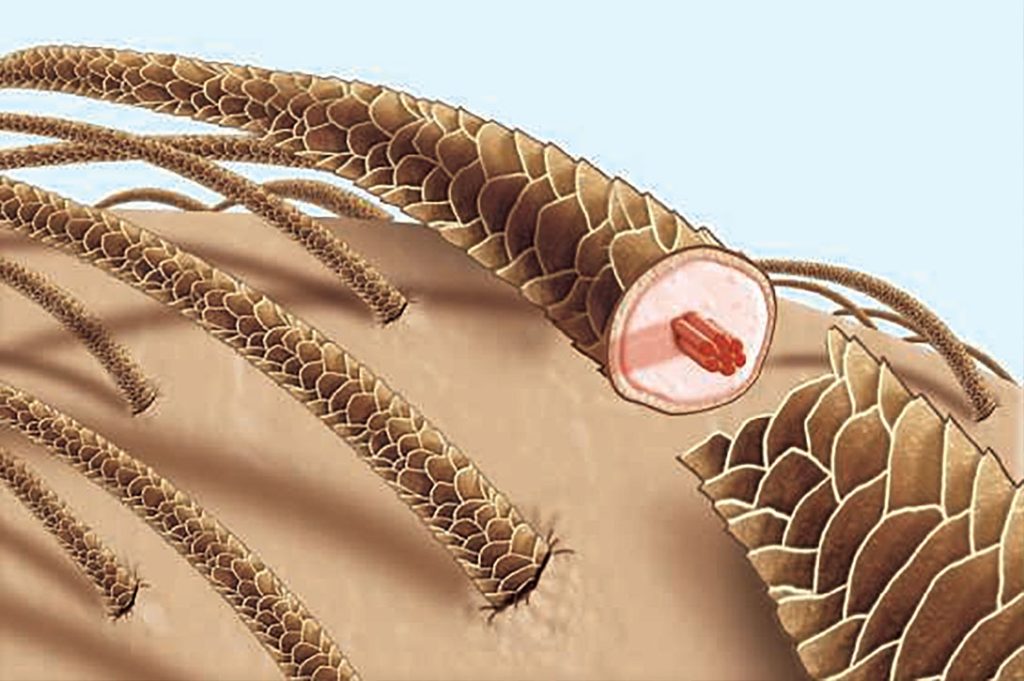The Integral Role of Conditioners in Hair Care: A Guide for Hair Professionals
In the realm of hair care, conditioners are more than a post-shampoo ritual; they are a critical component of maintaining and enhancing the hair’s integrity, texture, and overall health. As a hair professional, understanding the various types of conditioners and their specific roles is imperative. This comprehensive guide aims to demystify conditioners, elucidate their benefits, and aid hairdressers in recommending the most suitable products for their clients’ unique hair needs.

Understanding Hair’s Anatomy and Conditioner’s Role
Hair is primarily composed of keratin, a protein that gives hair its strength and structure. External factors such as heat styling, environmental stressors, and chemical treatments can weaken keratin, leading to damage. Conditioners help mitigate these issues by providing essential nutrients and moisture, aiding in hair recovery and protection.
The Core Benefits of Conditioners
- Strength Restoration: Proteins in conditioners can replenish the hair’s natural proteins, reinforcing its structure.
- Moisture Infusion: Moisturizing agents in conditioners hydrate the hair, combating dryness and enhancing pliability.
- Body Enhancement: Volumizing conditioners give hair a fuller appearance by lifting the cuticles and increasing the hair shaft’s diameter.
- Breakage Protection: Conditioning agents can fortify the hair against mechanical and environmental stresses that cause breakage.
Categories of Conditioners and Their Distinct Functions
Rinse-Out Conditioner
These are standard conditioners applied after shampooing and are designed to be thoroughly rinsed from the hair. They primarily serve to detangle, smooth the cuticle, and add a lightweight layer of moisture.
Key Ingredients:
- Silicones: For smoothing and adding shine.
- Glycerin and Panthenol: As humectants for moisture retention.
Treatment or Repair Conditioner
Treatment conditioners are intensive therapies that target and remedy specific hair concerns, such as damage from chemical processes or excessive heat exposure.
Key Ingredients:
- Proteins: For penetration into the cortex, providing structural reinforcement.
- Ceramides: To restore lipid barriers and cement cuticle scales.
Oil Treatment / Oil as a Conditioner
Oil-based conditioners or treatments can be used as a pre-shampoo or post-wash product to provide deep conditioning and are particularly beneficial for coarse, frizzy, or highly textured hair.
Key Ingredients:
- Natural Oils (e.g., Argan, Jojoba, Coconut): To nourish and smooth the hair, while adding a protective layer.
Leave-In Conditioner
Leave-in conditioners are lightweight formulas designed to provide ongoing conditioning throughout the day without the need for rinsing, excellent for detangling and adding moisture to fine hair or as a primer before styling.
Key Ingredients:
- Hydrolyzed Proteins: For cuticle smoothing and temporary repair of split ends.
- Amino Acids: To strengthen and elasticize the hair fiber.
Selecting the Right Conditioner
For Fine and Oily Hair:
Opt for lightweight, rinse-out conditioners that hydrate without weighing hair down.
For Dry, Damaged, or Brittle Hair:
Rich repair conditioners and oil treatments can be used to infuse moisture and proteins back into the strands.
For Normal to Thick Hair:
A combination of rinse-out and leave-in conditioners might be ideal, providing both immediate and long-lasting benefits without excessive heaviness.
For Highly Textured or Curly Hair:
Oil treatments and heavier leave-ins can provide the necessary moisture and control frizz effectively.
Addressing Misconceptions and Overuse
While conditioners provide numerous benefits, overuse or incorrect application can lead to undesirable results such as limp, lifeless hair or build-up that dulls the hair’s natural shine.
- Over-Conditioning: Using too much product or leaving conditioners in for too long can over-saturate the hair, leading to flatness.
- Silicone Buildup: Excessive use of silicone-based products can create a layer on the hair that repels moisture over time.

Conclusion
Conditioners are a cornerstone of hair care, and understanding their types and functions allows hair professionals to tailor treatments to each client’s specific hair type and concerns. A judicious use of conditioners not only restores hair health but also enhances styling and ensures the longevity of the hair’s vitality and appearance. By educating clients on the appropriate conditioner usage and offering customized recommendations, hairdressers play a pivotal role in their clients’ hair care regimens, ultimately enhancing their satisfaction and loyalty.






